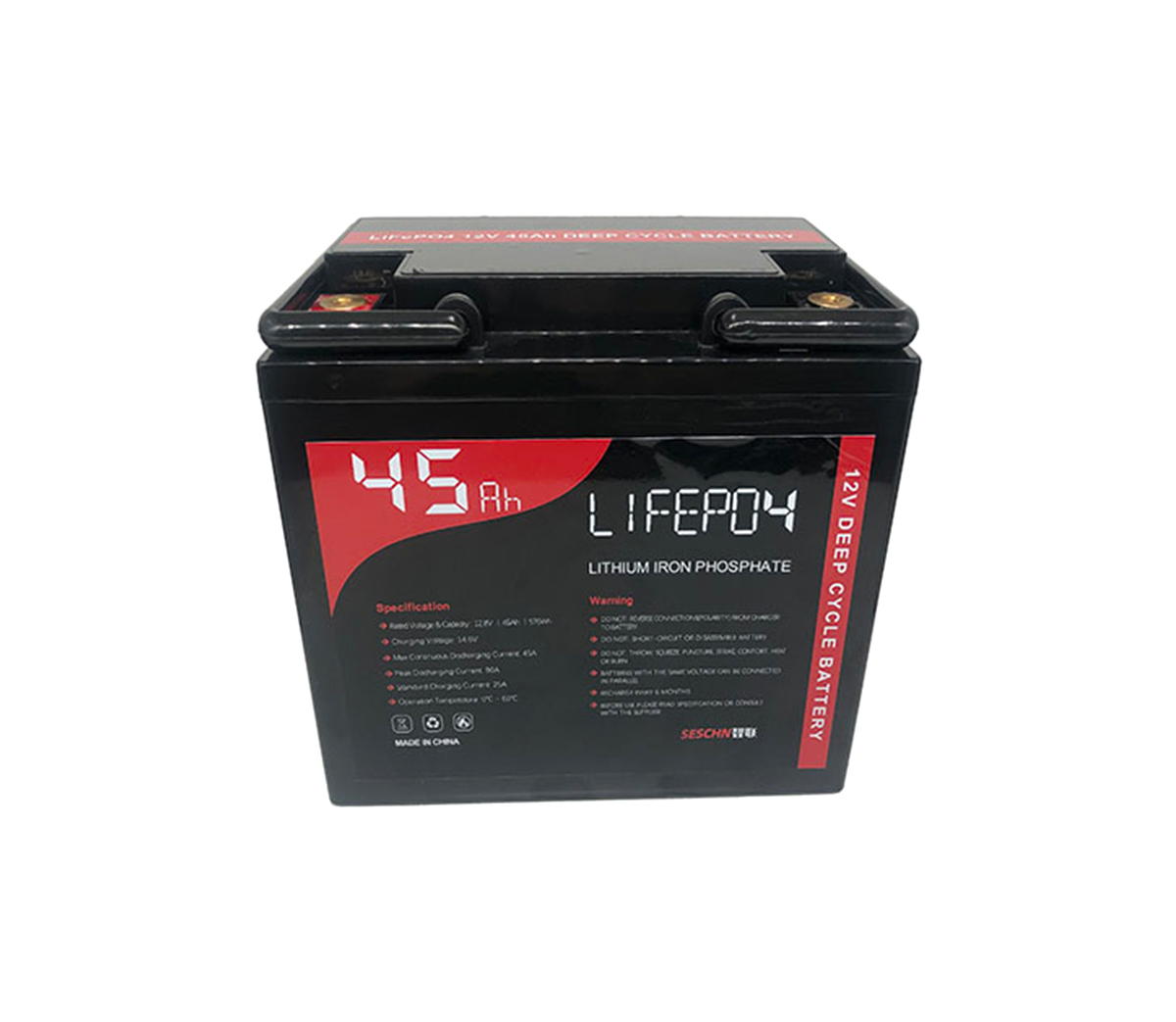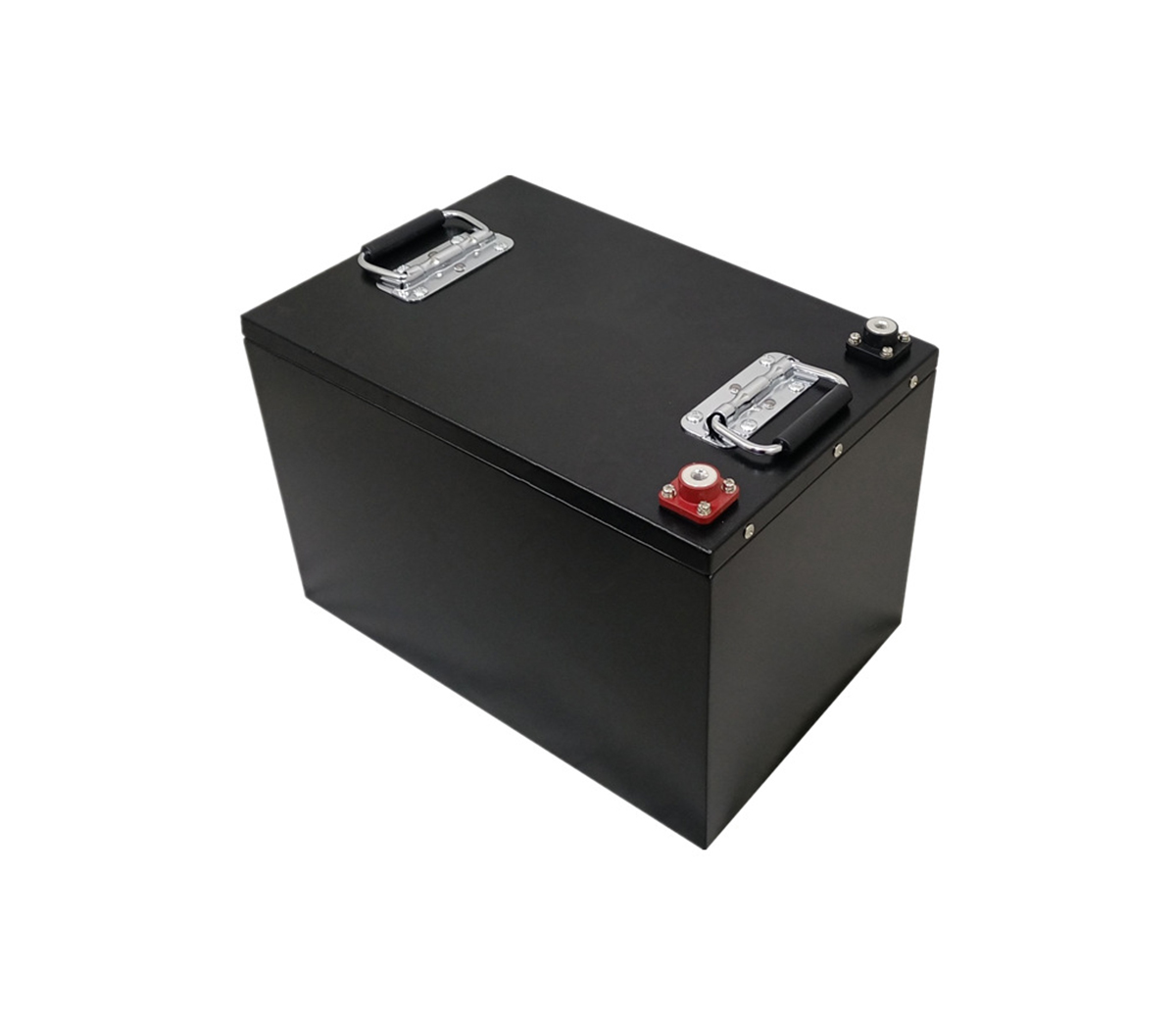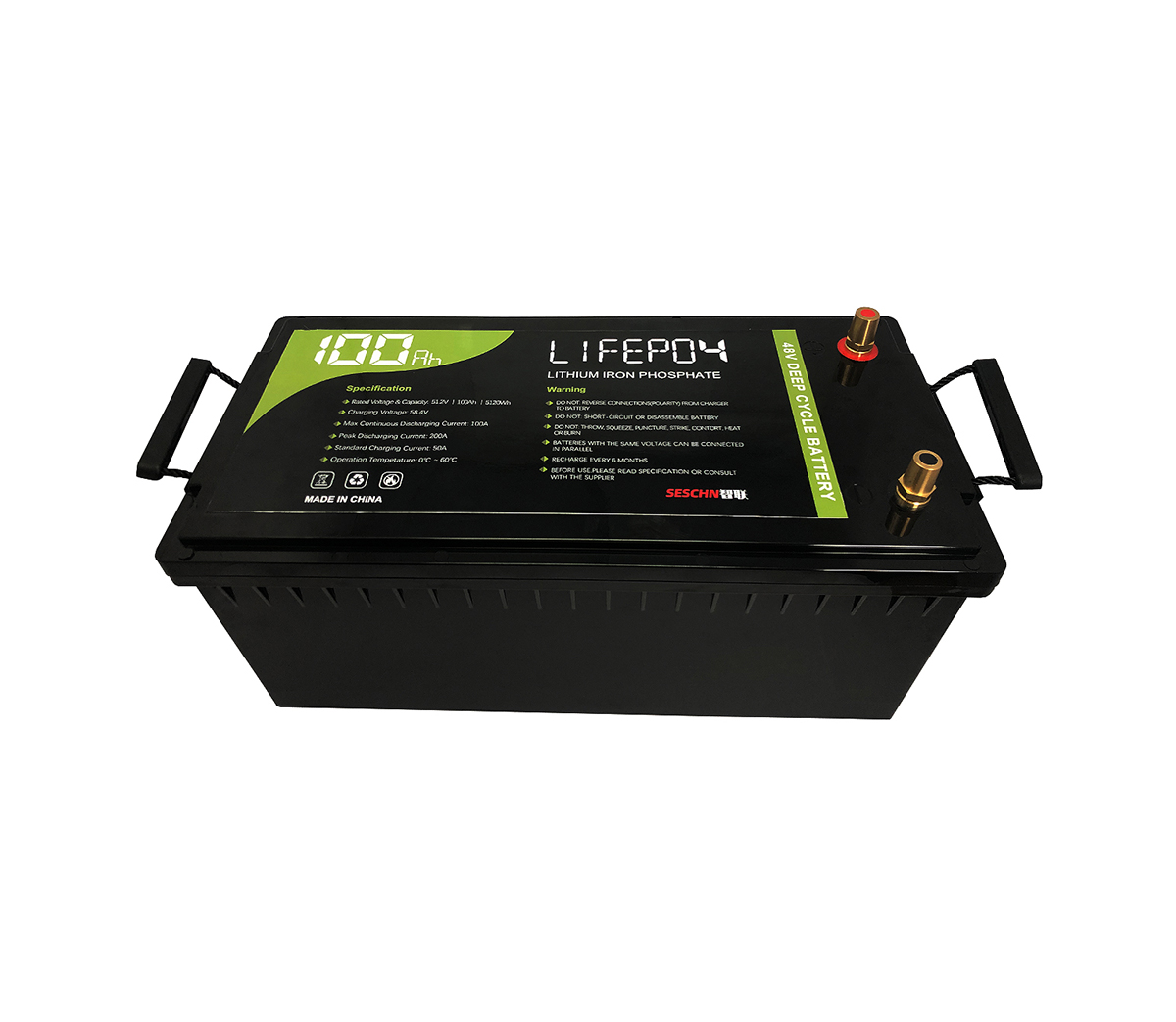About the technical issues of high-end diaphragms for lithium ion
batteries
At present, the trade war initiated by the United States to "Made in China
2025" continues to ferment, and the "ZTE Incident" has caused a strong shock in
the industry. In recent days, the United States seems to be pointing its finger
at the global communications equipment giant Huawei, once again touching the
pain point of China's manufacturing industry that lacks core technology. In the
raging trade war, the United States is pressing forward step by step and firing
on multiple lines. China's power lithium battery industry must also beware of
similar risks.
It is understood that there are currently more than 200 power battery
manufacturers in China, which is the country with the most power battery
companies in the world. According to data, among the top 10 companies in global
power battery sales in 2017, Chinese companies accounted for 7 seats. According
to Forbes News, it is estimated that China's share of the global battery market
will exceed 70% by 2020.
Although China has formed a relatively complete power battery industry
chain, the scale is large enough, but it is not strong enough. Some key core
technologies are still restricted by others, and there is a risk of ZTE’s “stuck
neck”. Among them, the lithium battery separator technology is a pain point in
China's power battery industry. Among the lithium-ion battery materials, the
positive and negative electrode materials and electrolyte have basically
achieved domestic production, but the diaphragm started late, and the technology
maturity of domestic enterprises is not high. Although the localization rate of
lithium battery separators in China has been increasing in recent years, it
mainly occupies the low-end 3C battery separator market. The localization rate
of high-end separators is still very low. The high-end 3C battery and power
battery separators still rely heavily on imports. . According to the
"Energy-saving and New Energy Vehicle Industry Development Plan (2011-2020)"
issued by the Ministry of Industry and Information Technology, by 2020, China's
production capacity of pure electric vehicles and plug-in hybrid vehicles will
reach 2 million units per year. Based on this estimate, in the future, the
demand for high-quality automotive power battery separator materials in China
will reach hundreds of millions of square meters each year. As we all know, in
the structure of lithium batteries, the separator is one of the key inner layer
components. It not only prevents the positive and negative electrodes from
contacting, but also ensures the passage of electrolyte ions. Therefore, the
quality of the separator will directly affect the capacity, cycle and safety
performance of the battery. A separator with excellent quality plays an
important role in improving the overall performance of the battery. It is
reported that the diaphragm is currently a high value-added material with the
highest technical barrier among lithium battery materials, accounting for about
15% of the cost of lithium batteries. The technical difficulty lies in the
engineering technology, matrix materials, and manufacturing equipment for making
holes. The current common problem of domestic diaphragms is that the
consistency is not high, which is mainly manifested in irregular defects,
substandard porosity, uneven thickness, pore distribution and pore size
distribution. Uniaxially stretched domestic PP diaphragms are relatively close
to foreign products in terms of porosity and pore size distribution;
bidirectionally stretched PE diaphragms are generally lower in porosity than
foreign products, and the pore size distribution is not ideal. These problems
are the potential risks of the industry being "subject to others". If they are
not solved well, they may curb the healthy development of China's lithium
battery industry. It is understood that the PP diaphragm of Celgard Diaphragm
Co., Ltd. and the PE diaphragm of Asahi respectively represent the highest level
of products in the current diaphragm industry. Since Asahi acquired Celgard in
2016, the best diaphragm products have come from Asahi. Several other Japanese
companies, such as UBE and Toray, also have a relatively high level. China has a
huge gap with the United States, Japan and other countries in terms of PP
diaphragm and PE diaphragm technology, and is in a passive position in the
industrial chain. At present, the preparation methods of lithium ion battery
separators are mainly divided into wet method and dry method. China's
lithium-ion battery separators have made major breakthroughs in dry process
technology. However, in the field of wet process separators, domestic separator
companies are limited by many factors such as process and technology, their
product level is still low, and production equipment relies heavily on
imports. Like chips, high-end diaphragm technology has a very high threshold.
It not only requires a huge investment, but also requires a strong R&D and
production team, proficient process technology and high-level production line,
and it will not be able to break through in a short time. However, the Sino-US
trade war and the ZTE-Huawei incident have sounded the alarm for China's
manufacturing industry. For the entire power battery industry, it is urgent to
break through the high-end lithium battery diaphragm technology as soon as
possible. Fortunately, the existing domestic technology, Xingyuan Materials
and other companies have made major breakthroughs in high-end diaphragm
technology. I believe that in the near future, China's power lithium battery
industry will be able to break the foreign technology monopoly and take the
initiative in its own hands. Changying is in hand, only then can Canglong be
captured. Especially when China's manufacturing industry is facing the
"headwind" of the international economy, only by mastering the core technology
can you not be controlled by others, avoid the "ZTE" crisis, and become the true
"market king"!


































